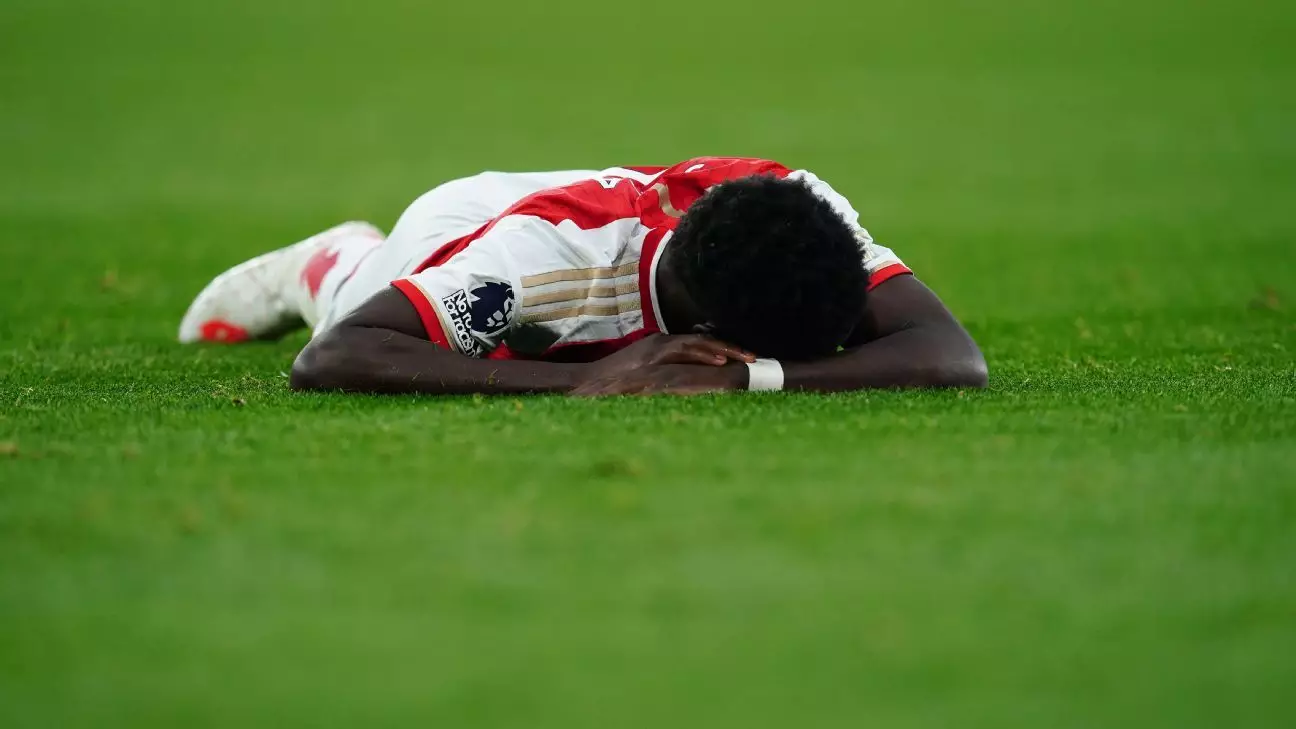In recent times, a palpable sense of frustration has engulfed professional footballers as they confront an ever-increasing number of games without adequate recovery time. The intensification of match schedules due to UEFA’s growing ambitions with club competitions and FIFA’s newly minted Club World Cup has turned this concern from a whisper into a loud clamor among players. The reverberations of fatigue are being felt far and wide, leading to discussions about the unthinkable: player strike action. This precise situation begs an important question: just how close are footballers to taking drastic measures to protect their health and longevity in the game?
The current football landscape is littered with rigorous demands on players, exacerbated by the prolonged competitions that remain a hallmark of elite clubs. Prominent figures like Erling Haaland, Kylian Mbappé, and Jude Bellingham have voiced their concerns about the relentless pace and extensive fixture lists that have ever more crowded the contemporary football calendar. Even players like Manchester City’s Rodri have gone so far as to declare that footballers might consider going on strike should their concerns continue to be ignored.
It’s not just the players who are expressing concern. High-profile coaches, including Pep Guardiola, Jurgen Klopp, and Carlo Ancelotti, have all raised alarms about player fatigue. Ancelotti even suggested that if it would mean fewer games, players might be open to reducing their salaries. These sentiments underscore a growing awareness among coaches and managerial staff regarding the importance of player welfare—a recognition that is welcome but may be too late to address the deeply rooted issues at hand.
Furthermore, the expansion of competitions, particularly the Club World Cup, has the potential to be particularly detrimental. Scheduled amidst a busy calendar, it’s positioned to further stretch an already cumbersome workload, forcing players to balance club commitments with international duties, which include additional tournament participation. As this reality looms, the concept of a player strike becomes a more tangible concern. Given that footballers are entrenched in a system that prioritizes commercial gain over their well-being, the scale tipping in favor of strike talk signals a shift in the narrative.
Legal and Institutional Tensions
The tension is further amplified by legal entanglements, particularly surrounding FIFA’s authority in managing the international football calendar. FIFA’s unilateral expansion of the Club World Cup has drawn ire, leading to a collective pushback spearheaded by FIFPRO, the global representative body for professional footballers. Their legal claim against FIFA emphasizes the belief that the excessive demands placed upon players violate fundamental rights, calling attention to the urgent need for supervision and structure around player workload.
The European Leagues have allied with FIFPRO in its endeavors, indicating that the systemic issues faced in player fatigue transcend individual teams or countries. The challenge, however, is that the systemic overhaul required to rein in game frequency and secure player health involves diplomatic negotiation and compromise among various stakeholders in the football sphere.
While the dialogue surrounding a potential player strike has gained momentum, the practical realities of executing such a move cannot be overlooked. For players of lesser financial stature, the notion of striking poses a significant risk to their livelihoods, complicating solidarity with their premier counterparts who are advocating against overwork. Would a lower-league player willingly forfeit their income to support their elite peers? This question underlines the complexities of collective action in professional sport.
The logistical intricacies of organizing a strike add another layer of difficulty. With FIFPRO focusing its energies on legal proceedings against FIFA, it remains unclear if and when a mechanics for a player strike could even be formalized. Reports suggest that any significant action must first clear institutional hurdles, and without the backing of club owners—who stand to benefit from the financial influx generated by more matches—there is a real chance that the players’ concerns could remain unaddressed.
The Road Ahead
In this crucible of tension, one certainty prevails: Without substantial reform, the relationship between football stakeholders will only grow more strained. The urgency of addressing player workloads cannot be emphasized enough, and players remain in deep discussions about the path they must take to safeguard their futures.
While a strike may seem distant and fraught with complications, the increasing number of vocal advocates for change keeps the issue alive. It starkly illustrates the need for negotiations over the congested football calendar. Striking a balance between the commercial interests of clubs and the well-being of players is crucial, as the sport must navigate its way through this critical juncture. Understanding the vibrant pulse of the game means listening closely to those who provide its lifeblood: the players. The clock is ticking, and only time will tell if they can unite to bring about the change necessary for healthier, more sustainable football.

Leave a Reply